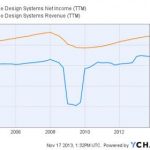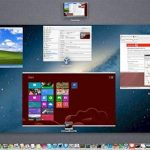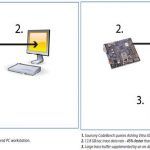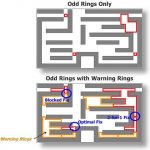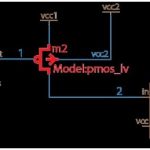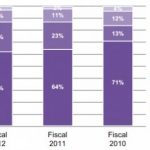You are currently viewing SemiWiki as a guest which gives you limited access to the site. To view blog comments and experience other SemiWiki features you must be a registered member. Registration is fast, simple, and absolutely free so please,
join our community today!
Mentor is acquiring Oasys, subject to all the usual caveats about shareholder and regulatory approval. The shareholder paperwork went out earlier this week. The common stock is valueless so presumably the price is low (and Mentor historically has not paid high prices for its acquisitions).
So what is going to happen with the technology?… Read More
In the third and final (for now) part of this series on the EDA design tool vendors, I’d like to take a closer look at Cadence Design Systems. This is probably the most interesting of the three from both an industry perspective as well as an investment perspective for a variety of reasons. With that said I’d like to first provide some … Read More
How do you run multiple operating systems on the same processor? You use virtualization and you run a hypervisor underneath all the so-called “guest” operating systems. So what is virtualization?
Virtualization started with VM/370 developed in 1972 at IBM (the current version is still in use). Here is how it works.… Read More
In today’s world of semiconductor design with SoCs having complex IPs, hardware and software working together on a single chip, it’s hard to imagine a system without embedded software into it. But it is easy to guess how difficult it would be to test that hardware and software embedded system. And often there is limited window of … Read More
Diagnosing Double Patterning Violationsby Beth Martin on 10-28-2013 at 5:16 pmCategories: EDA, Siemens EDA
I’ll bet you’ve read a bunch of stuff about double patterning, and you’re probably hoping that the design tools will make all your double patterning issues just go away. Well, the truth is that the foundries and EDA vendors have worked really hard to make that true.
However, for some critical portions of your design, there … Read More
With multiple functionalities added into a single chip, be it a SoC or an ASIC, maintaining low power consumption has become critical for any design. Various techniques at the technology as well as design level are employed to accomplish the low power target. These include thinner oxides in transistors, different sections of … Read More
Catch Mentor’s embedded sessions at ARM TechConby Beth Martin on 10-09-2013 at 9:00 amCategories: EDA
For Halloween this year, why not tell your embedded software debug horror stories at ARM TechCon? Mentor will have several campfire sessions you should consider attending, but here my Halloween thread breaks down. These three sessions are all quite cheery.
This one, Software Debug on ARM Processors in Emulationis on using emulation… Read More
There is an interesting discussion on SemiWiki in regards to the age old question aboutbenchmarking EDA tools. I remember benchmark discussions at my first DAC in 1984. It was deemed impossible to do a “fair” public benchmark then and it’s not possible now, just my opinion of course but let me tell you why. Simply stated it is a legal,… Read More
It’s a fact that new process nodes come with some amount of yield challenges. One way to find and eliminate silicon defects is through diagnosis-driven yield analysis (DDYA), which is the topic of a free seminar by Mentor Graphics in Fremont this Thursday, October 10 from 11:30am – 2pm (yes, lunch is included because Mentor… Read More
From chip IP vendor ARM Holdings to semiconductor foundry Taiwan Semiconductor, there have been many winners from the mobile device revolution that was sparked by Apple’s introduction of the iPhone. However, while these big-ticket names get all the fame and glory, the electronic design automation space (“EDA” for short) is … Read More



